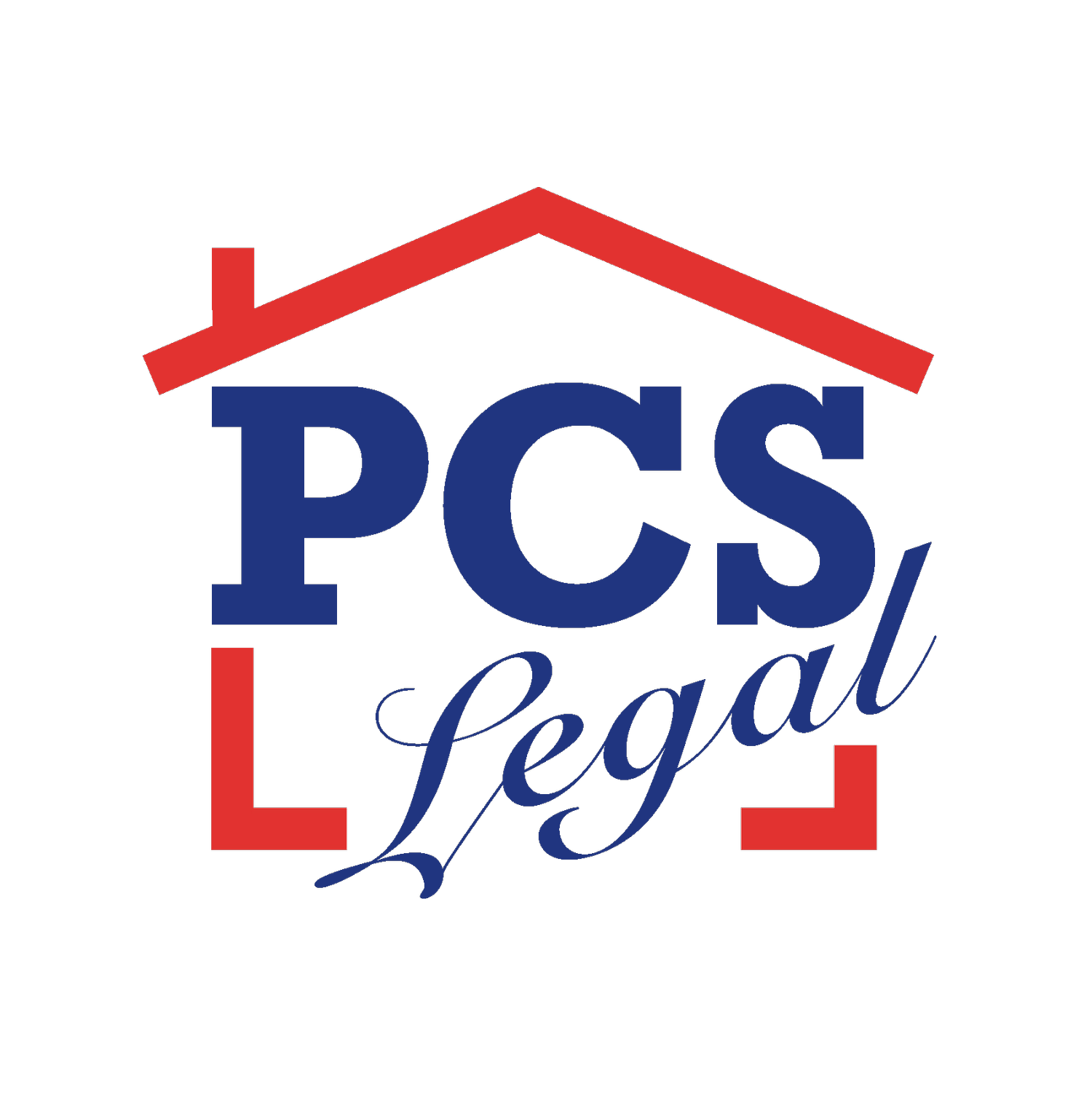THE UPDATED PROPERTY INFORMATION FORM - FRIEND OR FOE?
On March 25 2024, the Law Society unexpectedly released an updated Property Information Form (PIF) – the 5th edition. This was a surprise to almost all conveyancers, whether SRA or CLC regulated. The Law Society said:
‘The updated form includes the information the National Trading Standards Estate and Letting Agency Team (NTSELAT) says should be disclosed on property listings in its material information in property listings (sales) guidance.’
That is an interesting statement – the Law Society has taken the detail from the Material Information requirements imposed on estate agents and included them in the PIF. But will this really help? Should conveyancers embrace the new form or wait to see how the market pans out? The odd thing about the introduction of the updated form is that the Law Society seems to have done little initial consultation but is now requesting feedback from firms ‘and suggestions’ as to its use, implying that the form may change (here is the email address in case you feel strongly: forms@lawsociety.org.uk).
Some of the less useful questions include:
2. What is the asking price of the property you are selling?
4.1 Is the property a house, bungalow, flat or maisonette?
Some of the questions which sellers will struggle to answer include:
3.4 What is the end date of your lease?
8.4 Does your title contain any restrictive covenants affecting the use of the property?
And what of caveat emptor? The entire conveyancing process is built around the concept of ‘let the buyer beware’ meaning that it is incumbent on a buyer to have a survey of the property carried out and for their conveyancer to carry out appropriate pre-contract searches. There are some questions on the new PIF which should cause those advising sellers some concern, including:
4.3 What construction type or materials have been used in the property?
7.1 Are you aware of any defects or hazards at property that might lead to a fire or a structural failure? Most conveyancers would recognise section 7 on building safety as being relevant to leasehold flats which are at least 11 m or 5 storeys high. However, this question appears to relate to all properties – will sellers be willing or prepared to comment on whether their property includes asbestos, for example? It is worth noting that ‘not known’ is not an option when answering this question.
23.3 is the property, or an adjacent to or abutting the boundary, affected by Japanese knotweed?
The above is just a small sample of some of the more concerning questions contained on the updated PIF. It is fair to say that many conveyancers have already had the use of the new PIF imposed as their forms and CRM providers have already incorporated it. But at the moment, its use is still optional.
Whether conveyancers have embraced the updated PIF or have no intention of using it until forced to, all of us should be reviewing our letters of advice to our seller clients to warn of the implications involved in providing incorrect answers to such a broad range of questions. Conveyancers could, of course, send the 22-page guidance note along with the 32-page form….
It is unclear whether the form will be amended in the coming months. The Law Society has made it clear that use of the updated form will be mandatory for CQS accredited firms from 25 June 2024. Obviously CLC regulated firms will not be obliged to use the form, which could add time and delays to conveyancing transactions – presumably, the very thing that the Law Society wanted to avoid.
And the reintroduction of questions on commonhold might suggest a resurgence of the use of that form of tenure - but that is a topic for another day!
Stuart Forsdike, founder, and senior partner of PCS Legal. stuart.f@pcslegal.co.uk
